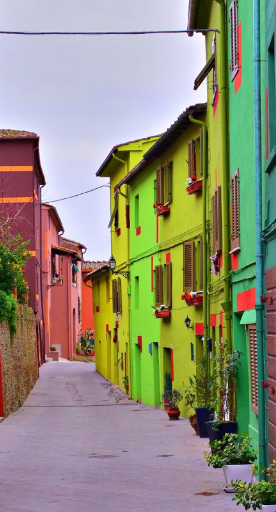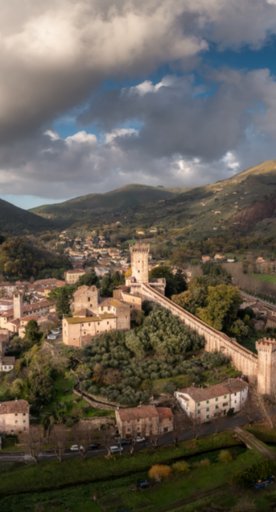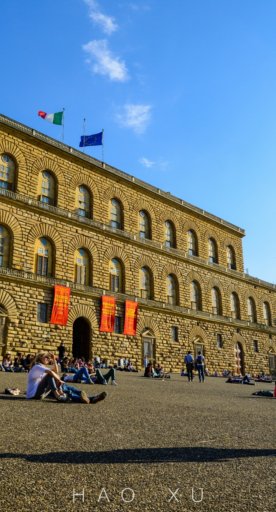
Calambrone's former seaside camps
History, architecture and the sea
If a holiday is not just about sun and sea for you, you might also want to explore some of Tuscany's most original and hidden spots. It might sound like an unusual recommendation but the former seaside summer camps in Calambrone, in the province of Pisa, make for a fascinating visit. Calambrone is a seaside resort between Pisa and Livorno whose settlement dates back to the 1930s, when the area was chosen by the Fascist regime as an ideal place for the construction of a series of seaside summer camps.

The seaside summer camps (colonie marine) were set up in the nineteenth century to accommodate children with diseases such as tuberculosis and sea and sun were part of the cure. During the Fascist period, their primary function became propaganda. The colonie accommodated thousands of children and the most famous architects of the time were hired to design and build the impressive and modern structures of the camps. At the end of the war, propaganda ended and the colonie returned to their health and recreation function until the late 70s when Italians started to change their holiday habits.
Today, the colonie are mostly just ruins by the sea, but they are part of a long and rich history. There are many rehabilitation projects that have been developed over the years and Calambrone is a successful example of this, with the conversion of the former colonie into homes, hotels and spas. Colonia Firenze was the first camp built in Calambrone (1931-32) and it consisted of a series of pavilions at right angles to the coast, connected by a long corridor to the east, with dormitories, a refectory, kitchens and administrative offices. The complex is currently still in a state of neglect, but its recovery is part of an ongoing project.

Colonia Vittorio Emanuele II is an imposing structure, with marble, stairways, towers, pillars and a large square in front. The restoration project started in 2008. Colonia Rosa Maltoni Mussolini is named after Mussolini’s mother. This colonia is the most interesting of its kind with typically futuristic architecture and impressive tank towers. It's also the largest structure and now consists of privately owned homes.

Colonia Principi di Piemonte was the colonia for the children of the Air Force staff; it was abandoned during the war and used again later up to 1974. Recently, it has been restored and converted into apartments. It has two independent pavilions, parallel to the sea, connected by a porch enclosed by windows: a plan that symbolically resembles an airplane facing the sea. Colonia Regina Elena, built between 1930 and 1932, consists of three buildings connected by a porch, with trees and Mediterranean scrubs all around. Today, it's a holiday village.

Colonia marina femminile dei Fasci italiani all’Estero is a large architectural complex; measuring more than 8000 square meters, it's made up of several pavilions connected by covered walkways and arcades. Once in a serious state of deterioration, the colonia has been renovated and converted into a residential complex (and renamed Villaggio Solidago).















































































